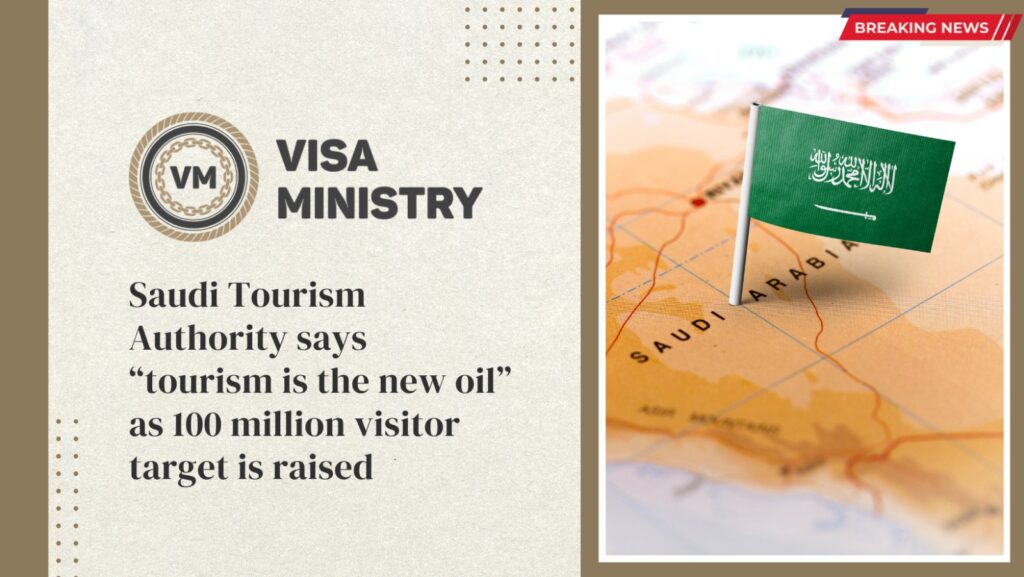The 100 million tourist goal that Saudi Arabia established as part of the Saudi Vision 2030 project will be increased.
The figure was first established in 2016 when the Vision was originally presented, however by 2022, the Kingdom had received 77 million domestic visitors and 16.5 million foreign visitors, for a total of 93.5 million visitors.
In 2022, Dubai, which has traditionally been the region’s tourism powerhouse, will welcome 14.5 million foreign tourists.
The CEO of the Saudi Tourism Authority (STA), Fahd Hamidaddin, predicted that after the 100 million milestone was nearly attained eight years early, the goalposts will be moved.
At the Arabian Travel Market, he told reporters, “The target is too low and it will increase,” adding, “Today, that target no longer works. Domestic tourism was always an element of that aim from the beginning. We had no idea how strongly domestic tourism would react when it was set. We all anticipated a decline in numbers following Covid, yet the opposite has happened.
Domestic viewers weren’t aware they had all of this at their doorstep a few years ago. Before, they concentrated on Jeddah and Riyadh, but nowadays, people are more daring. The same thing will occur when foreign tourists arrive.
Hamidaddin stated that he wanted overseas travel to account for 60% of tourism.
Saudi Arabia’s hotel supply exceeds Dubai’s
According to projections from the international real estate consultant Knight Frank, Saudi Arabia is preparing for a significant development of its hospitality sector that would add up to 315,000 hotel rooms by 2030. According to Knight Frank’s research, this expansion will result in a hotel room inventory that is higher than the 140,000 rooms that are now available in Dubai.
When asked if there are now too many hotels in Saudi Arabia, Hamidaddin responded, “My concern right now is a lack of airlift and lodging. Based on the current pace, we won’t be confronted with the overstock problem.
According to Knight Frank, the country’s fast expansion of hospitality-related services has a substantial impact on domestic tourism, which the firm predicts will play a big role in the development of the Kingdom’s hospitality industry.
The business will need to look more broadly and include establishments like upscale glamping sites and youth hostels in order to serve this growingly significant part of the market. With giant projects like NEOM driving the supply chain, Saudi Arabia is poised to become one of the world’s top tourism destinations.
Kingdom’s employment economy has reached a turning point.
The epidemic was a turning moment to highlight KSA’s new luxury supply, according to Hamidaddin in response to a query on the increase of luxury in the country and how that supply will affect the sector.
The STA chief remarked, “We were fortunate to have Covid. Saudi Arabia was first discovered by force and afterwards by choice. Due of their limited alternatives under the Covid, wealthy people who had yachts and jets travelled to Saudi.
Hamidaddin reminded the table, using data from the WTTC, that one out of every five new employment created over the previous ten years had come from tourism internationally. One in four employment will be like this in the upcoming ten years.
“While so many industries are suffering from automation, tourism is not. Tourism benefits both our community and our economy.
“The world came to Saudi Arabia for oil in the 1920s; in the 2020s, it will come for tourism. The new oil is tourism.
Source: breakingtravelnews
